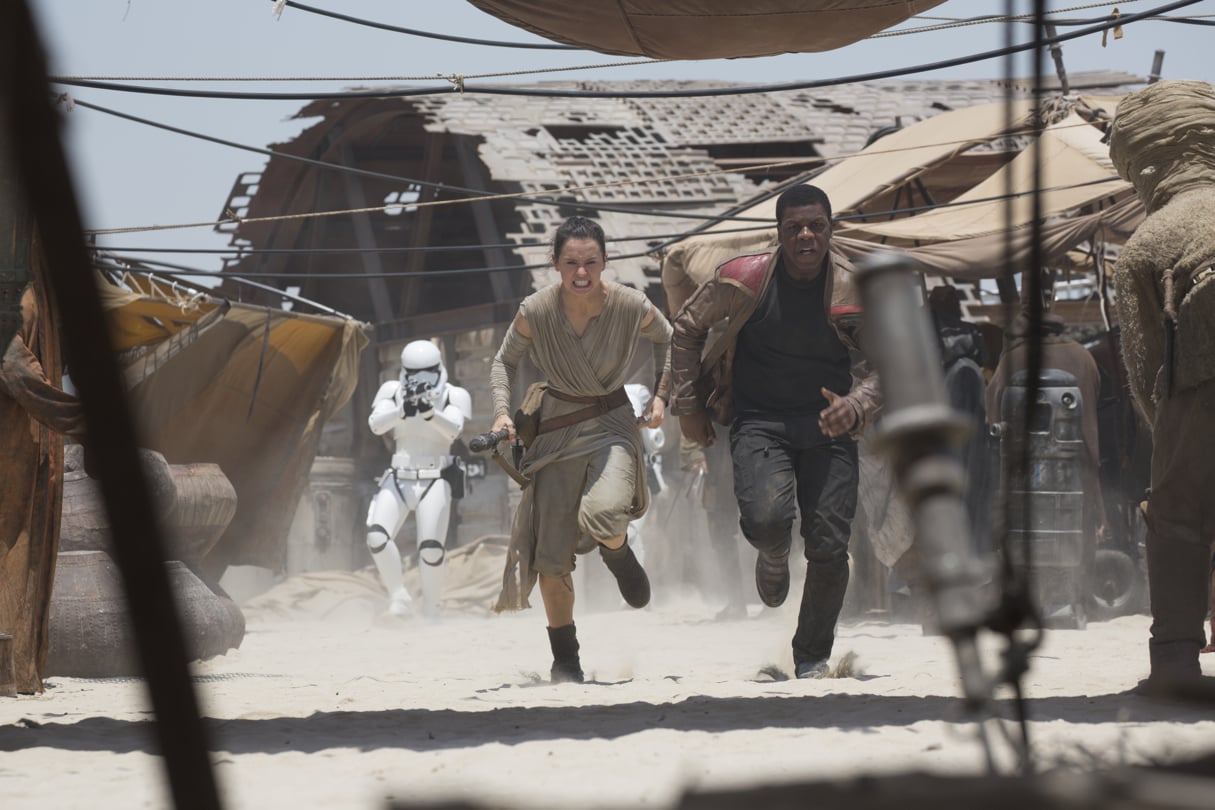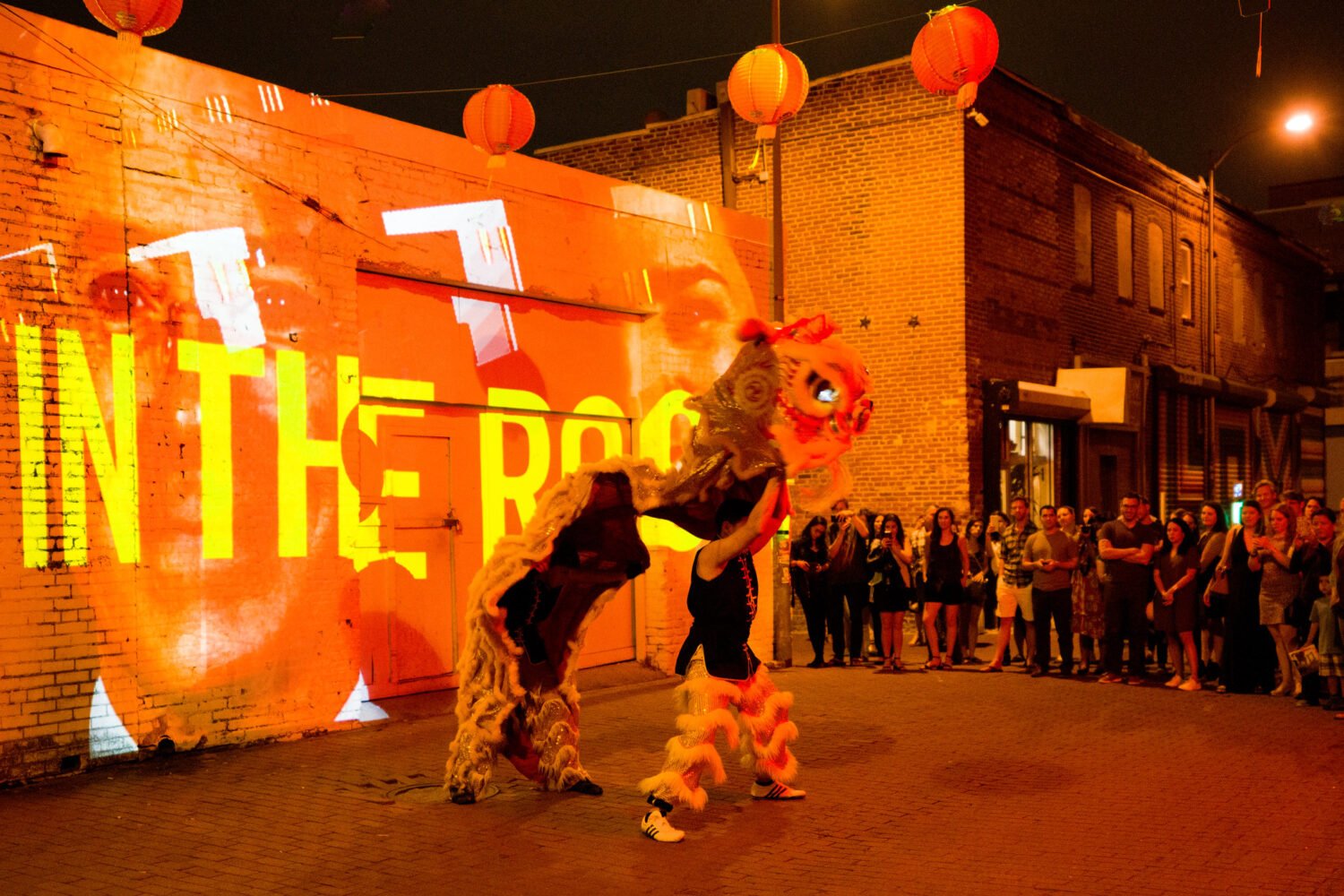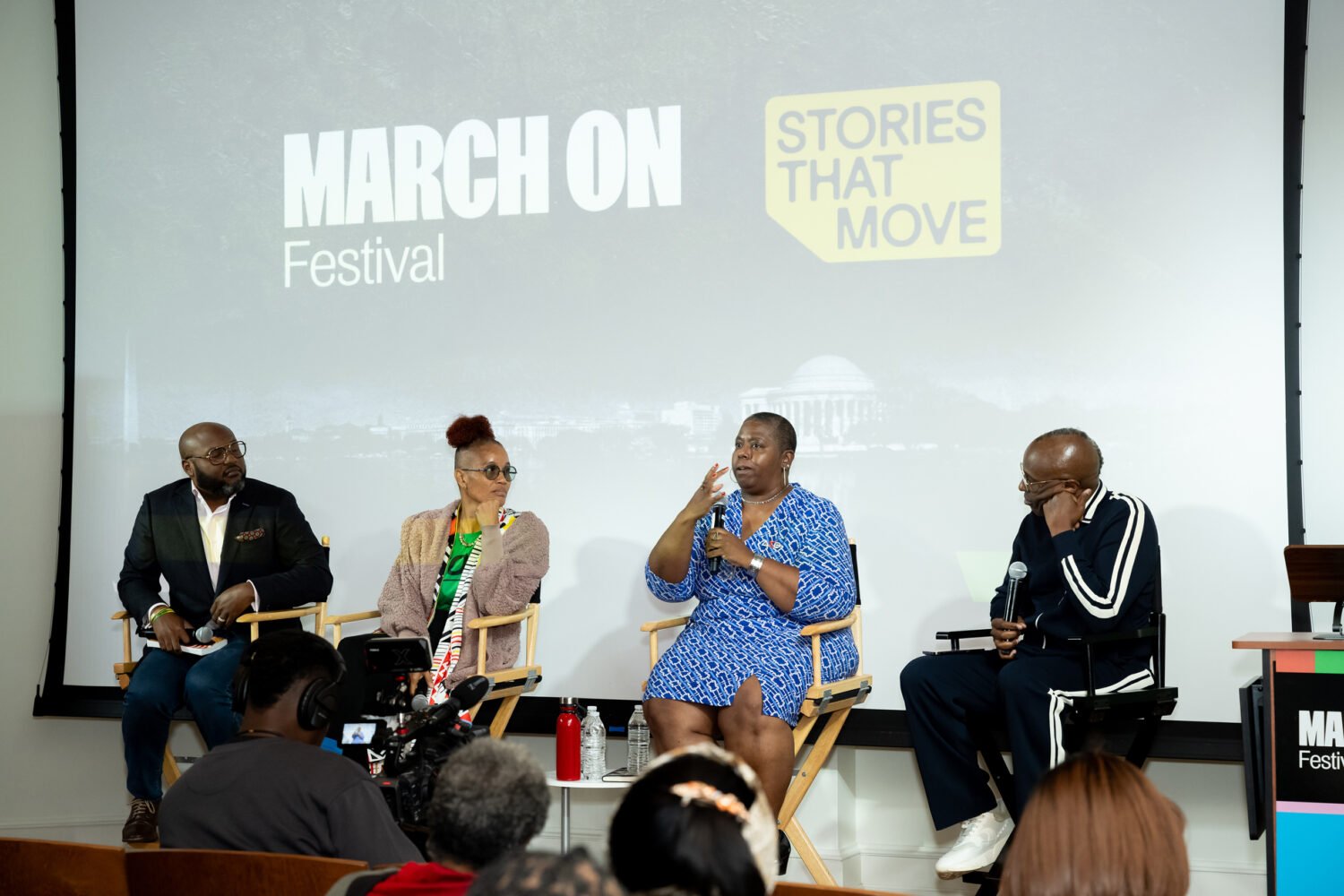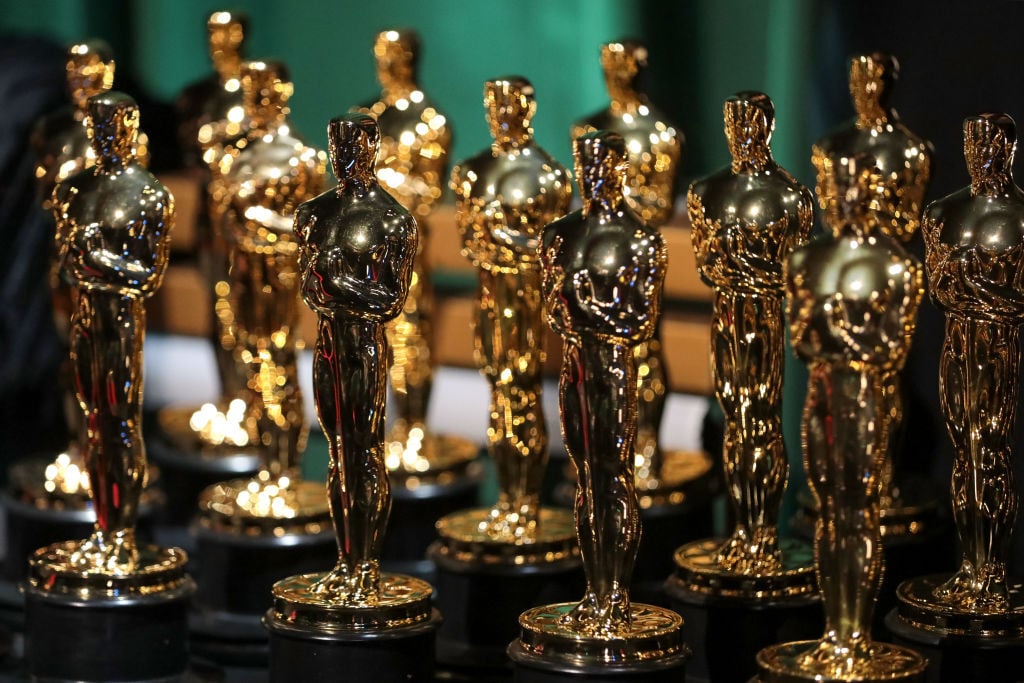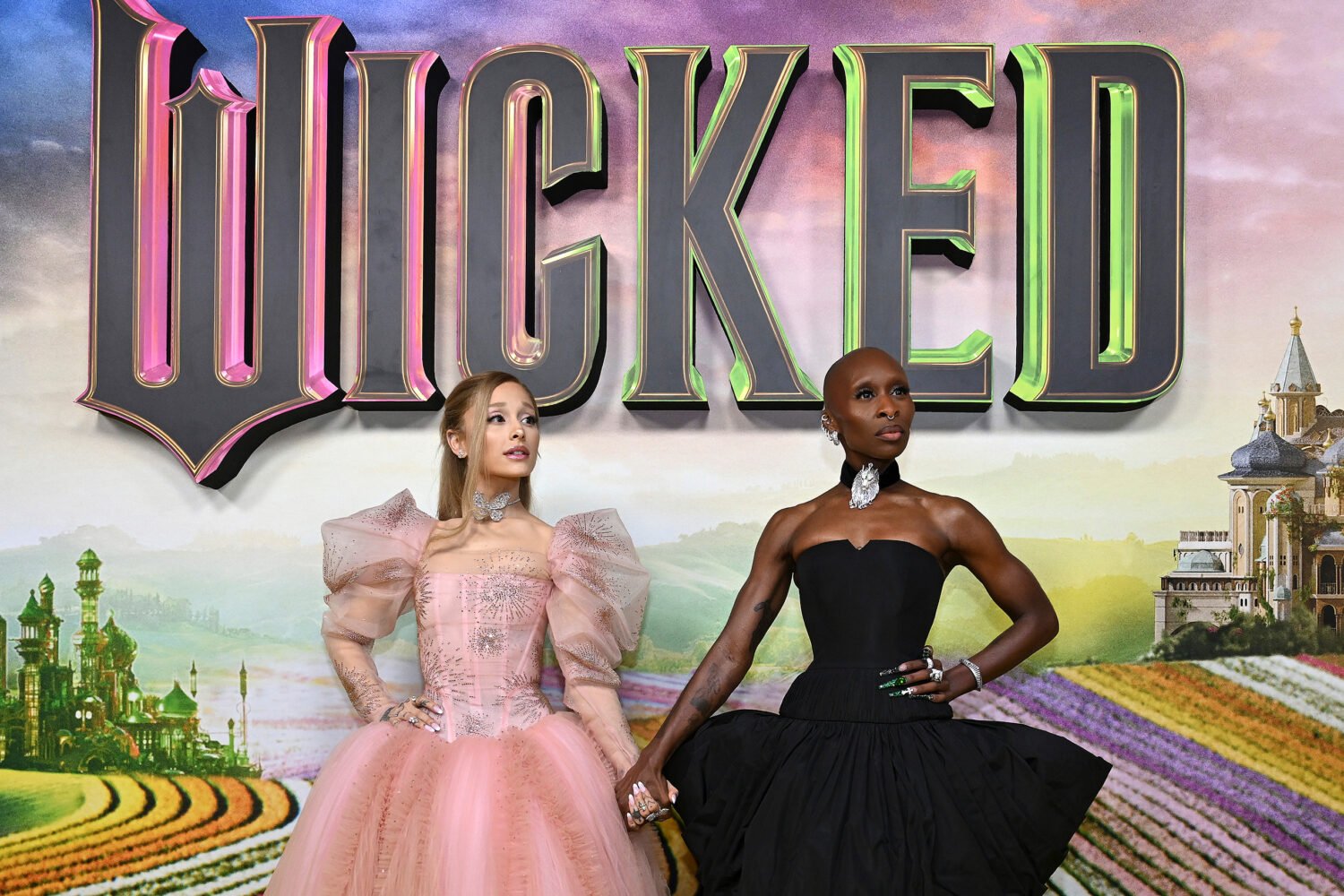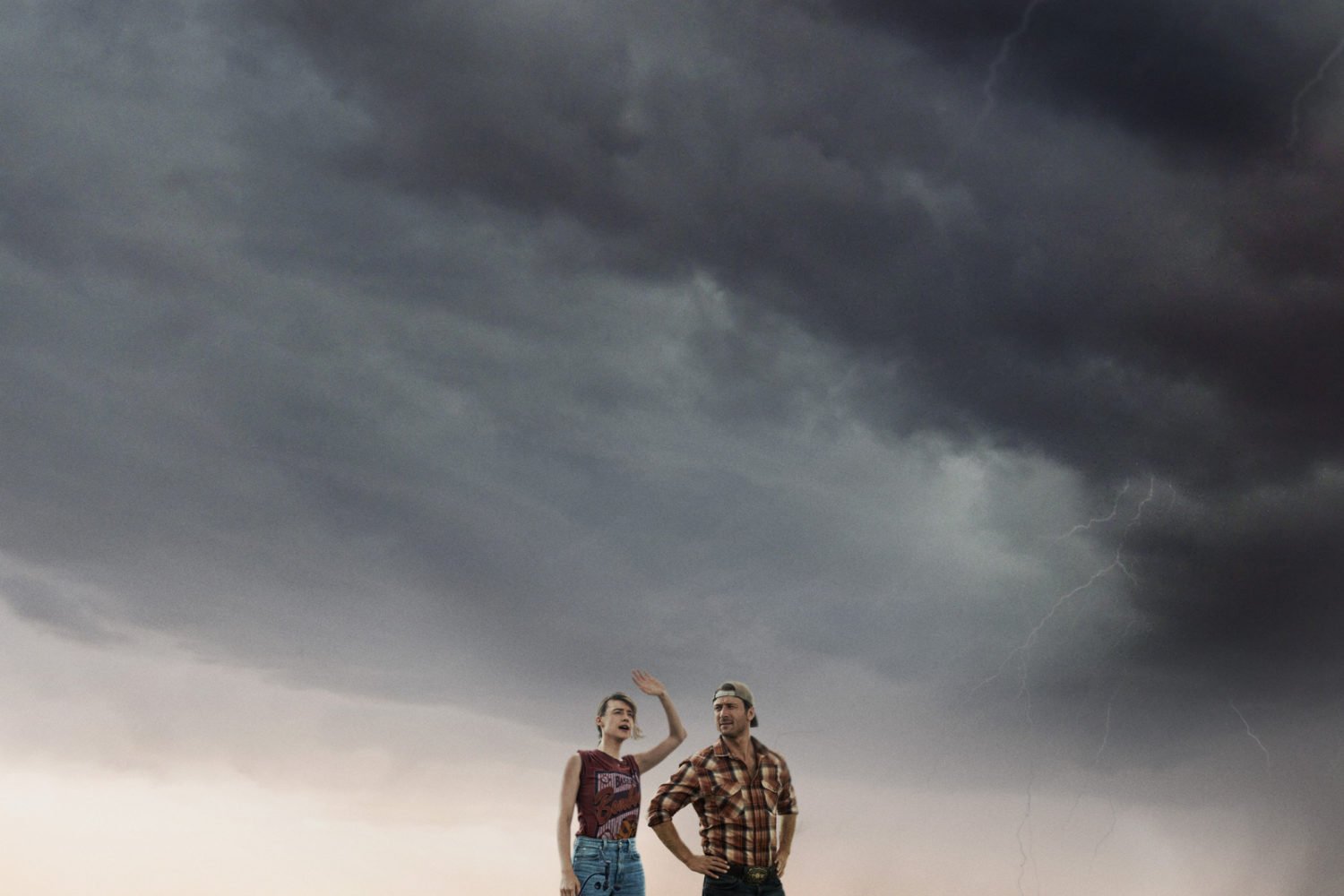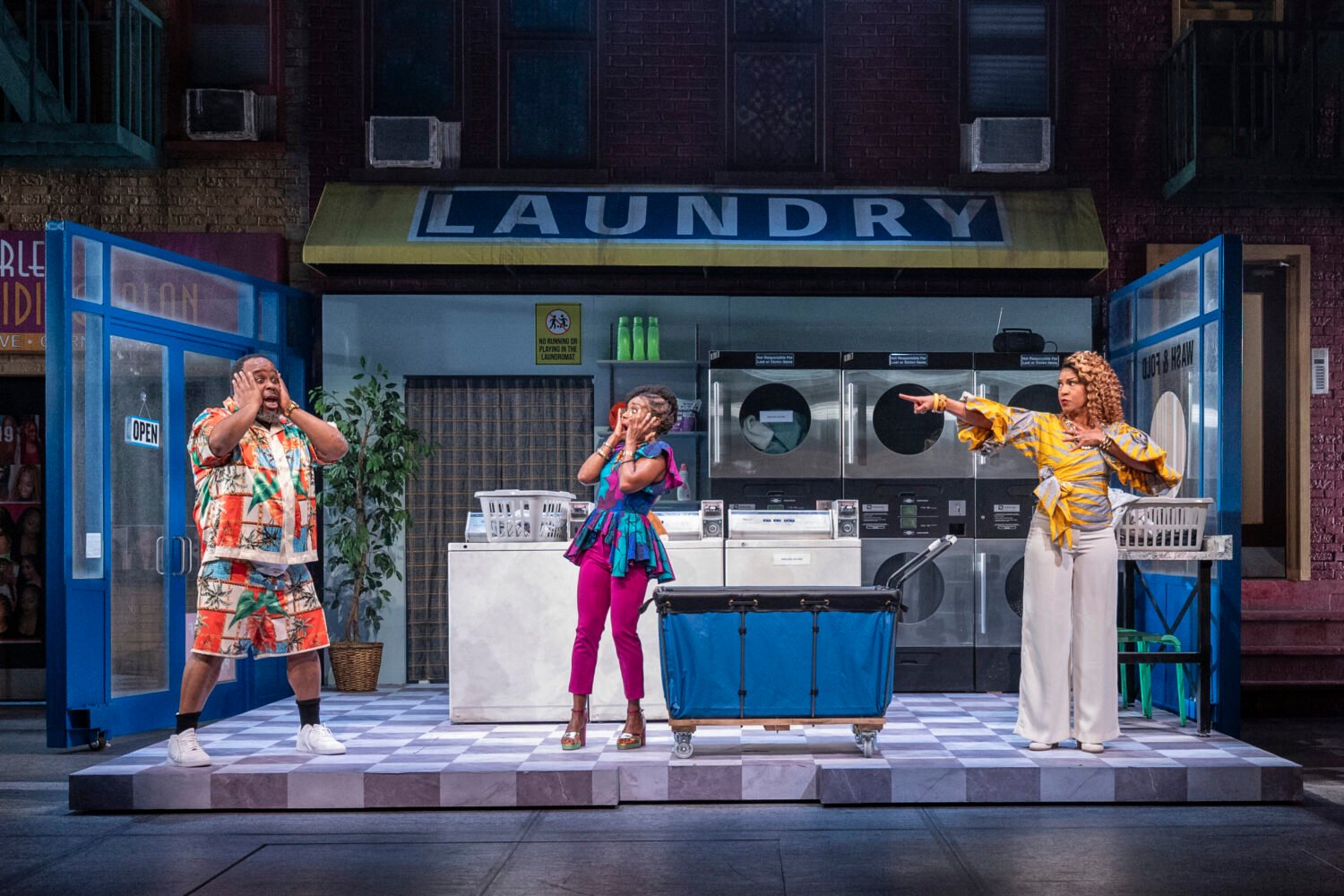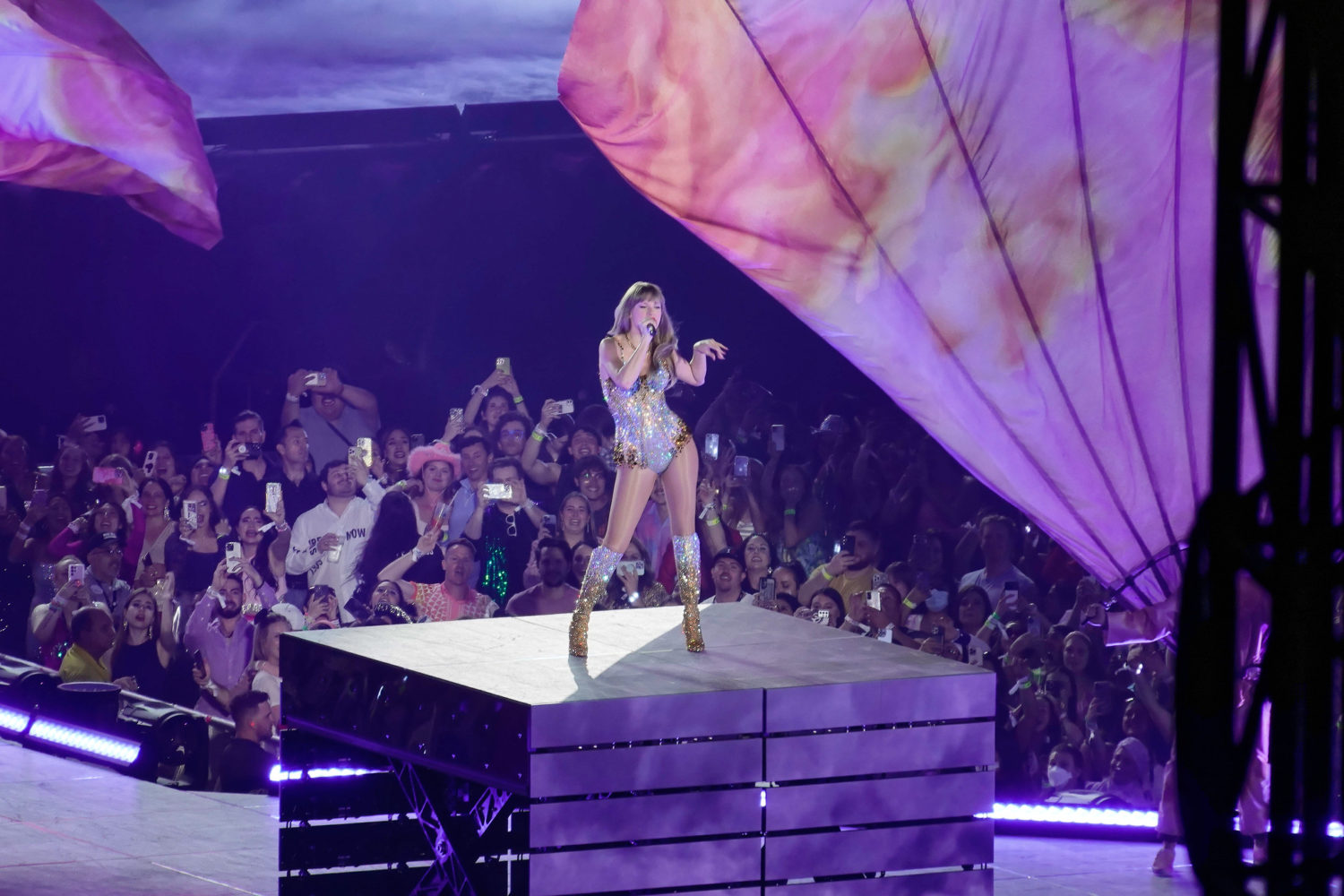A long time ago, when it made sense for monthly regional magazines to publish movie criticism, Washingtonian cranked out short reviews of the original Star Wars trilogy. But a visit to the archives reveals that this magazine’s film critics were not very convinced by George Lucas’s landmark series. While Episodes IV through VI all won high praise for their special effects, none of the three Washingtonian critics to review the trilogy were particularly won over by the storytelling.
As the release of Star Wars: The Force Awakens approaches, here’s a look back at what Washingtonian had to say about the first three entries in the saga. The opinions might seem contrarian against the films’ legacies, and they show how a magazine’s rotating cast of film critics led to a reliance on arbitrary metrics. But at least you don’t have to read anything about the prequels—movie reviews were phased out of the magazine long before Jar-Jar Binks showed up.
Star Wars
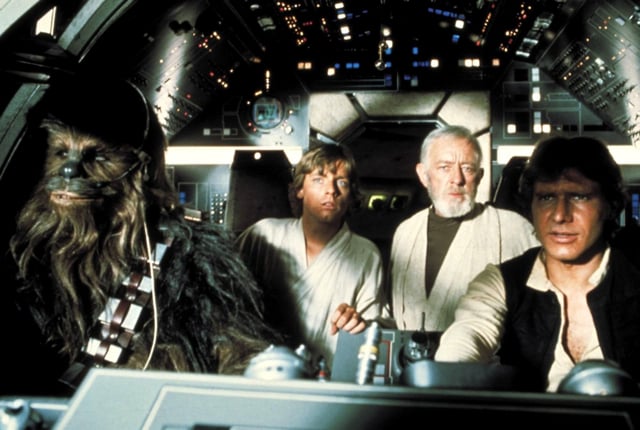
Reviewed by Stephen Zito, July 1977:
George Lucas, the director of Star Wars, has the proverbial Midas touch. His American Graffiti is one of the all-time box-ofice champs, and there is an excellent chance that this space opera will do as well. It’s not hard to see why. Star Wars is a thrill-a-minute science-fiction fantasy with the same simple, direct appeal of a comic strip or a Saturday afternoon serial like Flash Gordon. Star Wars is, as Lucas intended, for the twelve-year-old child in us all. The plot has everything: stalwart heroes, black villains, a princes and a planet in jeopardy, death stars, sophisticated torture devices, medieval weaponry, and a savage air battle above the grey surface of a killer satellite. It should perhaps be mentioned that Star Wars also has its faults. The plot, centered around the attempt by a motley crew of robots, adolescents, wizards, and wookies to deliver secret plans to the leaders of the space rebels, is rudimentary. The performances by Mark Hamill, Harrison Ford, and Carrie Fisher are one-dimensional. But Lucas’ sword-and-sorcery epic, after its slow, jerky start, is almost continually funny and exciting, sometimes both at the same time. The real joys in the movie are not the live-action doings but the special effects put together by John Dykstra and John Stears.
The Empire Strikes Back
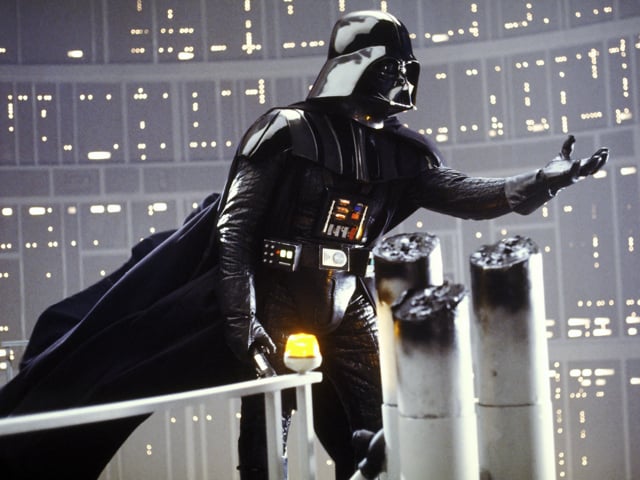
Reviewed by Dan Rottenberg, July 1980
The special effects are spectacular—from giant walking armored tanks to a spaceship landing inside a monster’s mouth—but otherwise this Star Wars sequel lacks the most appealing ingredients of the original: rich characterizations and a story with a philosophical basis. After two hours of dazzling outer-space combat, the only conclusion is that we’ll have to return for yet another sequel. (Zero stars out of two.)
Return of the Jedi
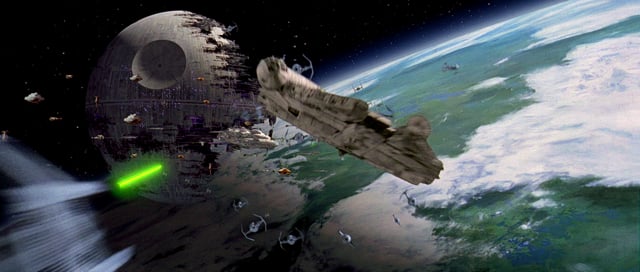
Reviewed by Pat Dowell, July 1983
Industrial Light and Magic, George Lucas’s special-effects factory, gets the three stars. This end to the Star Wars trilogy is a continual roar of fancy effects, and they almost cover up the sagging dramtic lapses. Richard Marquand’s direction is without shape, tension, or rythm—he unceremoniously dumps the potentially mythic rvelatiosn of the plot into spaces between explosions, pitched battles, and breakneck chases, and the result is a sappiness that the first two installments of the story avoided. Still, there’s something to be said for watching wonders like the 150-mile-per-hour chase through giant redwoods on airsleds. (Three stars out of four.)

